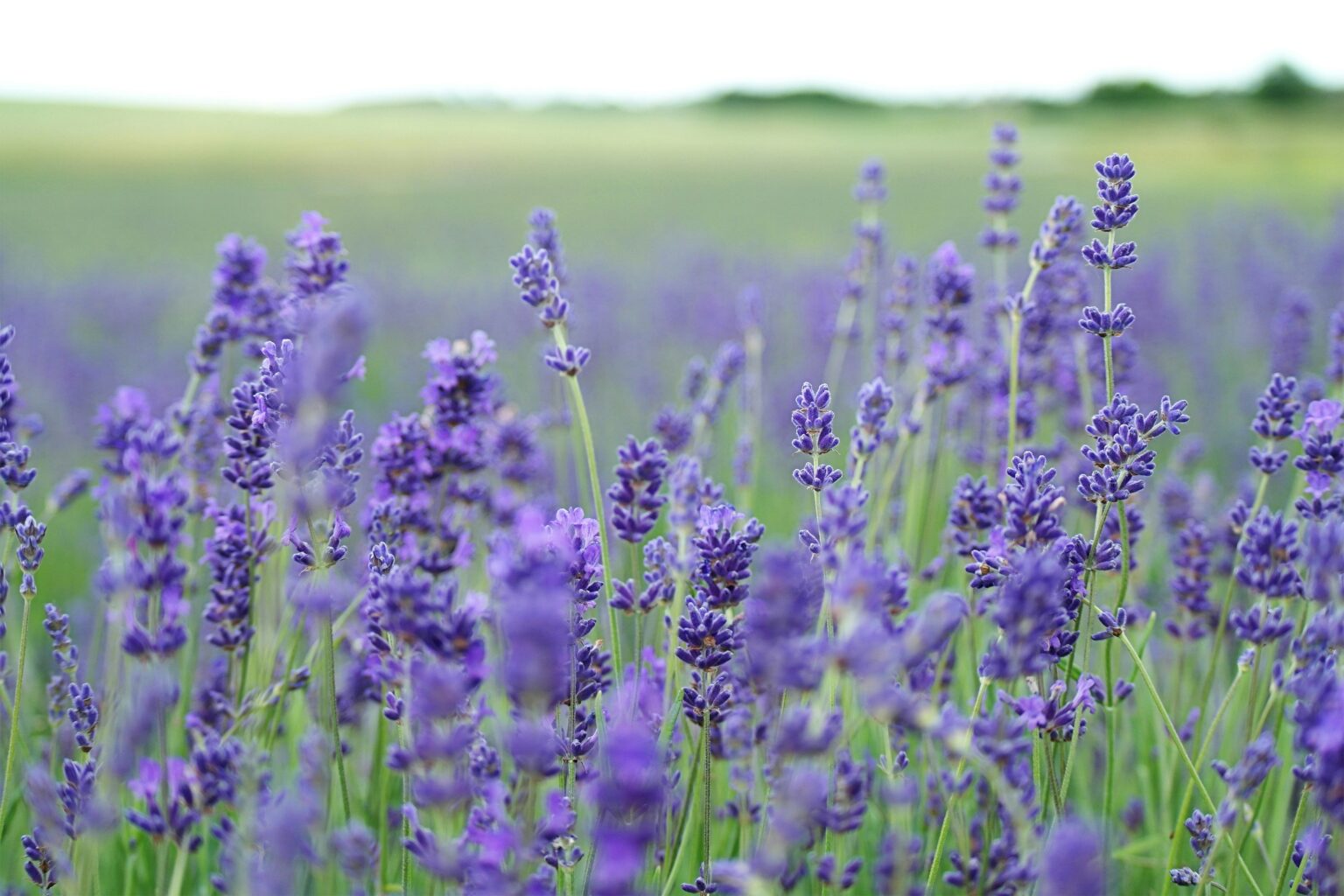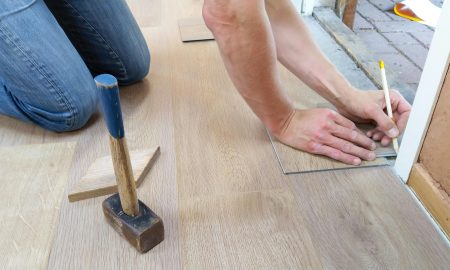Lavender is known for its beautiful and soothing smell. It is used in all sorts of perfumes, cosmetics and skincare products. There are different types of lavender and French Lavender is the one that stands out as the most special looking in any garden due to its ornate foliage.
It is distinguished by its scalloped leaves with serrated edges and a pretty grey-green hue. French lavender thrives in arid, sun-kissed environments and it is remarkably resilient, so a great plant for those who are not the most green-fingered and attentive to their plants.
How to Look After Lavender
If you want to get the most out of your lavender, then you need to embrace its preferred growing conditions is paramount. Basked in sunlight and nestled in well-draining, alkaline soil, you will have flowers all year-round in warmer climates. Lavender will flower from Spring until Autumn in cooler climes.
It is best positioned in the sunniest spot in any garden if you want it to flourish.
French Lavender’s is extremely adaptable and has minimalistic care requirements. With some judicious pruning, abundant sunlight, and restrained watering, these resilient plants can thrive for over a decade.
Soil, Water, and Pruning
French Lavender must be planted in neutral to alkaline soil and bereft of excessive nutrients. These are the optimal conditions for these delicate blooms to flourish. You don’t even need to worry about fertilisation as French Lavender thrives in impoverished soils – another reason why this is a perfect plant for someone who is not a budding gardener. Less is more, even when it comes to watering and even in the summer months. You only need to water your Lavender every few weeks until the flowers appear. When the flowers do appear, you don’t need to water them at all, unless the heat is excessive.
Pruning will help to keep your lavender flourishing, either in spring or late summer.
Mitigating Pests and Diseases
French lavender has a remarkable resistance to pests and diseases. The main issue to be wary of is root rot or powdery mildew. Both of these are caused by overwatering. Ensure you have well-drained soil and cut back on the watering if you have any signs of these two issues. You can use an organic fungicide or neem oil if you get a white or grey powdery mildew appearing on the leaves.
If you like the smell of flowers and a beautiful colour in your garden, but you are not the most committed gardener, French Lavender is the one to turn to as an almost failsafe plant for any garden.









